Nurit Jacobs-Yinon and Hila Karbelnikov-Paz both “deal with the ritual immersion of female converts to Judaism” in Jacob-Yinon’s A Tale of a Woman and a Robe (2013) and Karbelnikov-Paz’s Between the Dayanim (2012).
Nurit Jacobs-Yinon and Hila Karbelnikov-Paz both “deal with the ritual immersion of female converts to Judaism” in Jacob-Yinon’s A Tale of a Woman and a Robe (2013) and Karbelnikov-Paz’s Between the Dayanim (2012). Jacobs-Yinon’s video A Tale of a Woman and A Robe depicts the required ritual bath (mikveh) before an all-male dayanim (religious court) that a woman must participate in to be initiated. Karbelnikov-Paz represents the mikvah ritual from A Tale of a Woman and A Robe through the form of collage using masking tape to create realistic portraits of the cleansing ritual. These works, in conversation with the video, depict the irony of the mikvah’s immodesty – as a woman must submerge herself in a pool as an object of the male gaze. Repercussions of this work led to active changes in the formal practices of the mikveh, wherein the dayanim are required to remain standing at the entrance instead of standing over the bath itself.
Finally, Andi Arnovitz challenges the Orthodox laws of modesty in 504 Years Later (2011), and Questionable Motives V (2016). In 504 Years Later, Arnovitz reinvisions Dürer’s Adam and Eve (1504) through the lens of contemporary modesty laws within the Orthodox tradition. She emphasizes that “concealing and effacing women in fundamentalist religion has become the ultimate means for male subordination of women.” Similarly, her Questionable Motives V depicts the scrutiny placed on women from infancy for modest standards that are not applicable for men.
Select passages from the article:
“Through art, Jewish religious feminism criticizes the patriarchal nature of tradition, halakha [religious law], and religious institutions while making a space within those traditions for women’s experience and expression. Although Jewish thinkers and artists have been central to American feminist foci and dialogue since the 1970s, only in the late 1980s and particularly in the 1990s did Jewish culture and religion become a main subject in Jewish American feminist art.”
Sperber demonstrates that “Unlike some feminist thinkers who came from the Christian world and called for women to leave their churches and establish a post-Christian religion, the Orthodox Jewish women artists active in Israel neither reject halakha nor seek to undermine the rabbinical institutions. Instead, they criticize the male control over these religious institutions as a first step in repairing them from within. Thus, these artists express their criticism in the name of the religion and culture to which they belong, continuing a practice that is prevalent among religious Jewish feminists and contemporary women artists who engage in institutional critique, voicing their criticism in the name of the institutions they criticize, not against them.”
“‘Tempered radicalism’ describes criticism within a relationship. This criticism does not break from religion or the commitment to it, but is, rather, shaped by it […] ‘Devoted resistance’ is characterized by wanting to voice criticism, precisely in the name of the culture within one acts, not against it. Thus, the artists whose works are discussed here defend their stance which obligates them to follow orthodox rituals but at the same time present a frank and radical critique of the orthodox rabbinical institution and seek to trigger social and halakhic change from within the system.”
Shofar: An Interdisciplinary Journal of Jewish Studies. Volume 38, Number 2, Summer 2020, pp. 191-227).


